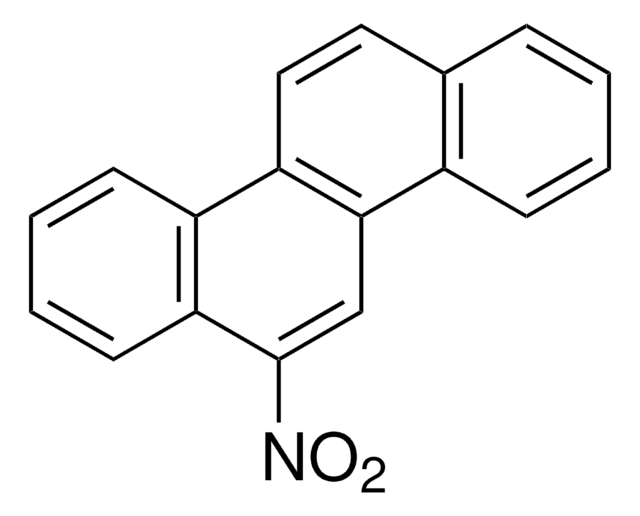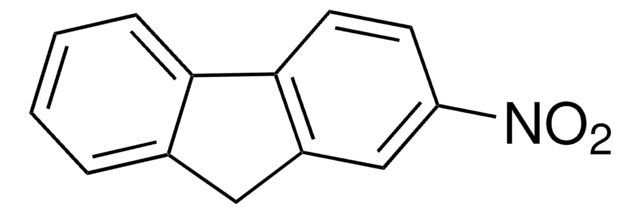BCR310
3-Nitrofluoranthen
BCR®, certified reference material
About This Item
Empfohlene Produkte
Qualität
certified reference material
Agentur
BCR®
Hersteller/Markenname
JRC
Methode(n)
HPLC: suitable
gas chromatography (GC): suitable
mp (Schmelzpunkt)
157-159 °C (lit.)
Format
neat
Lagertemp.
2-8°C
SMILES String
[O-][N+](=O)c1ccc2-c3ccccc3-c4cccc1c24
InChI
1S/C16H9NO2/c18-17(19)15-9-8-13-11-5-2-1-4-10(11)12-6-3-7-14(15)16(12)13/h1-9H
InChIKey
PIHGQKMEAMSUNA-UHFFFAOYSA-N
Suchen Sie nach ähnlichen Produkten? Aufrufen Leitfaden zum Produktvergleich
Allgemeine Beschreibung
Hinweis zur Analyse
BCR310
Rechtliche Hinweise
Lagerklassenschlüssel
11 - Combustible Solids
WGK
WGK 3
Flammpunkt (°F)
Not applicable
Flammpunkt (°C)
Not applicable
Persönliche Schutzausrüstung
Eyeshields, Gloves, type N95 (US)
Hier finden Sie alle aktuellen Versionen:
Analysenzertifikate (COA)
Leider sind derzeit keine COAs für dieses Produkt online verfügbar.
Wenn Sie Hilfe benötigen, wenden Sie sich bitte an Kundensupport
Besitzen Sie dieses Produkt bereits?
In der Dokumentenbibliothek finden Sie die Dokumentation zu den Produkten, die Sie kürzlich erworben haben.
Unser Team von Wissenschaftlern verfügt über Erfahrung in allen Forschungsbereichen einschließlich Life Science, Materialwissenschaften, chemischer Synthese, Chromatographie, Analytik und vielen mehr..
Setzen Sie sich mit dem technischen Dienst in Verbindung.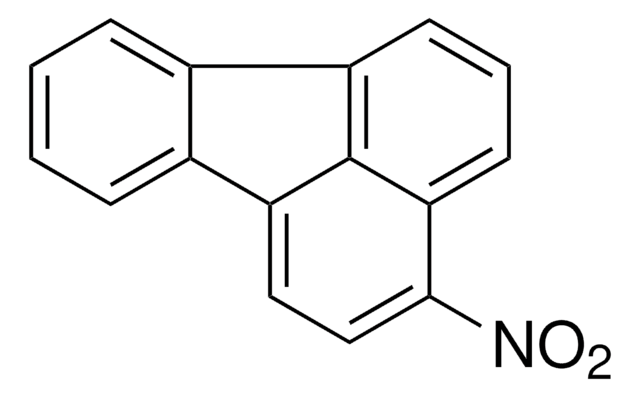
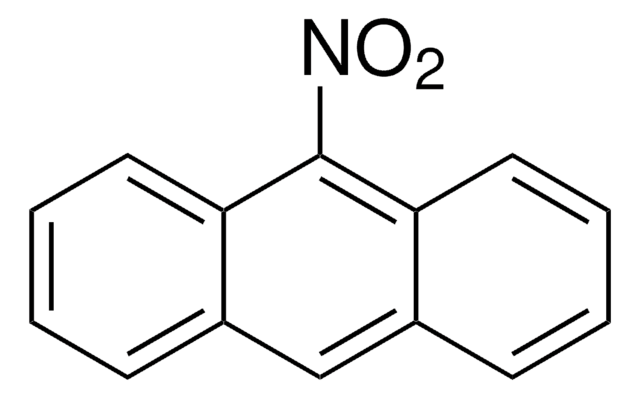
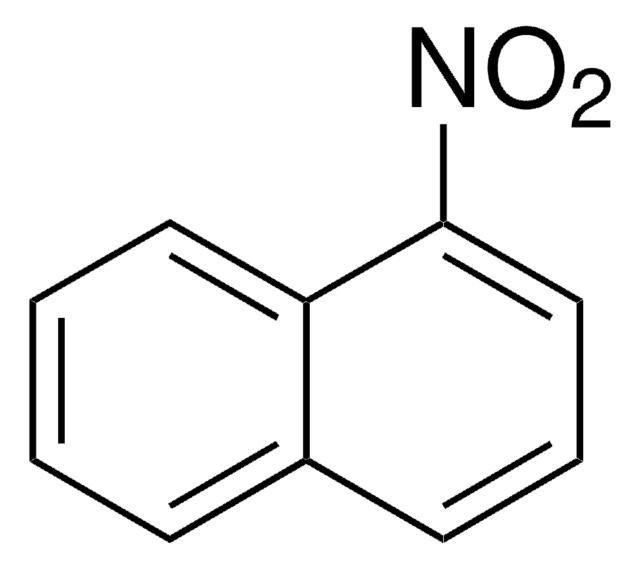
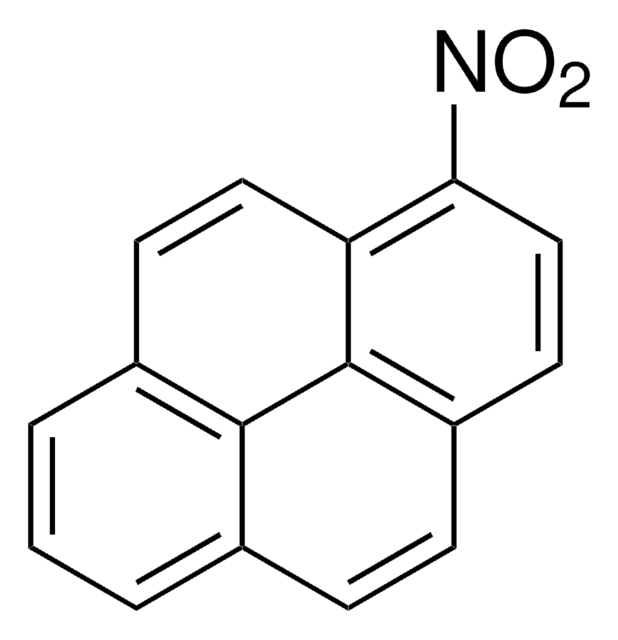
![6-Nitro-benzo[a]pyren BCR®, certified reference material](/deepweb/assets/sigmaaldrich/product/structures/171/174/0d276831-8604-4a0e-96f0-36fe2fd87f0a/640/0d276831-8604-4a0e-96f0-36fe2fd87f0a.png)
